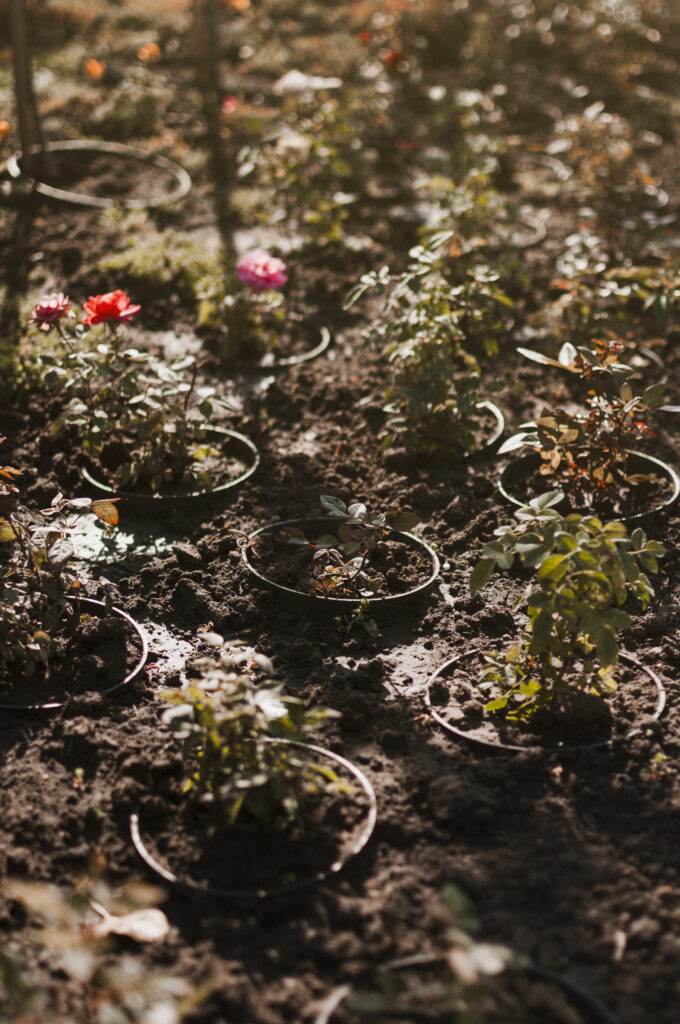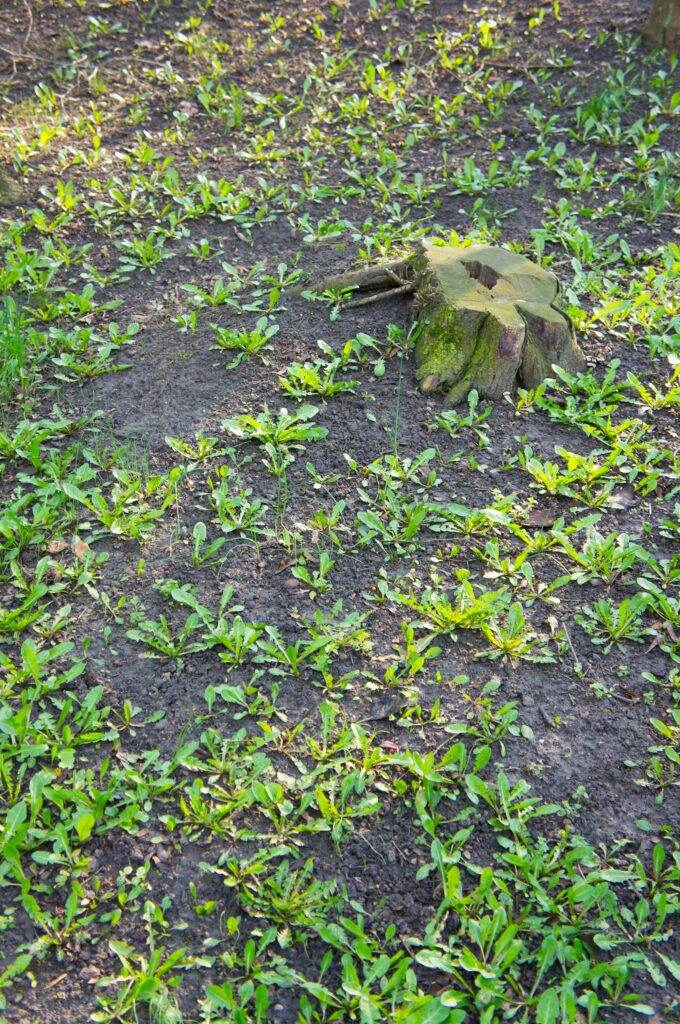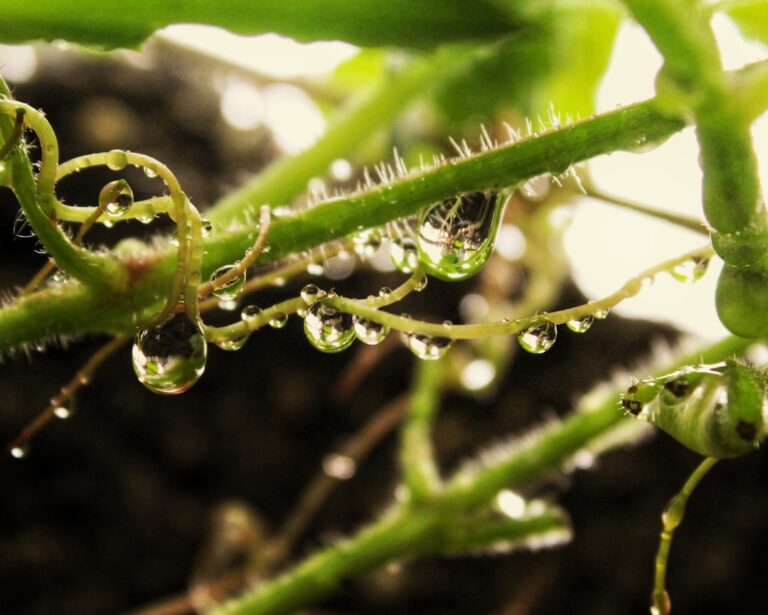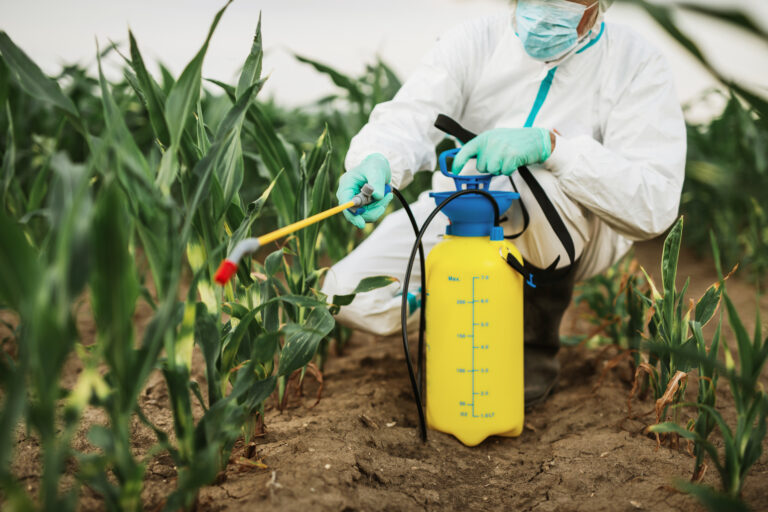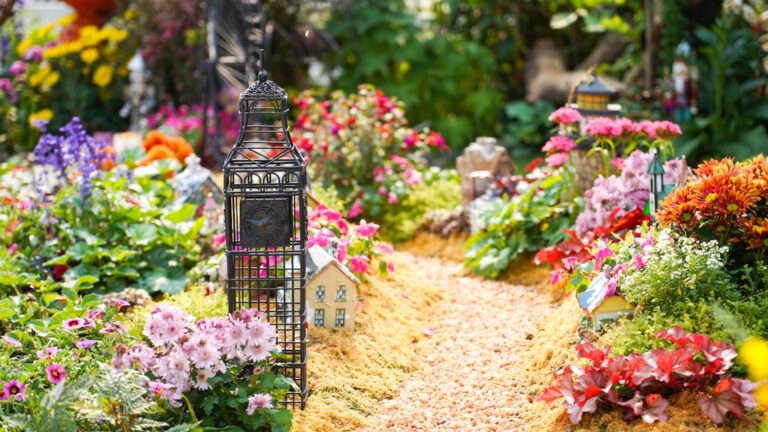Introduction
What is Drought-Resistant Landscaping?
Drought-resistant landscaping is a sustainable gardening approach designed to thrive with minimal water. By utilizing native and drought-tolerant plants, homeowners can create beautiful outdoor spaces that are both visually appealing and easy to maintain. This style not only conserves water but also fosters biodiversity, creating habitats for local wildlife. Key elements of drought-resistant landscaping include:
- Use of xerophytes and native plants
- Efficient irrigation systems
- Mulching to retain soil moisture
Importance of Sustainable Practices
Adopting sustainable landscaping practices is critical in our current climate landscape, particularly in areas prone to water scarcity. By focusing on these practices, we can significantly reduce our environmental footprint and promote a healthier ecosystem. Benefits of sustainable practices include:
- Reduced water usage
- Improved soil health
- Lower maintenance costs
Incorporating sustainable landscaping not only addresses the immediate challenges of drought but also prepares us for future environmental shifts. It’s a proactive step toward nurturing our planet while enhancing the beauty of our homes.

The Impact of Drought
Drought in Modesto
In Modesto, drought conditions have become increasingly common, stressing both residents and local ecosystems. As California faces prolonged dry periods, the implications for agriculture, water supply, and community health are significant. Farmers, key to Modesto’s economy, often struggle as irrigation becomes limited, impacting crop yields. Some statistics that highlight the situation include:
- Reduced crop production: Farmers may see a decrease of up to 30% in certain crops during drought years.
- Water restrictions: Residents may face mandatory water usage limits, affecting daily life.
Consequences of Water Scarcity
The ripple effects of water scarcity extend beyond agricultural impacts, affecting various aspects of life in Modesto. Drought can lead to:
- Increased costs: Higher water bills due to limited supply.
- Declining property values: Landscapes that suffer from insufficient water may deter potential buyers.
- Health risks: Dust storms, a common consequence of dried out soil, can lead to respiratory issues.
Understanding these consequences emphasizes the importance of implementing drought-resistant landscaping practices—an essential step towards sustainability and resilience in the face of ongoing water challenges.
Benefits of Drought-Resistant Landscaping
Water Conservation
One of the standout benefits of drought-resistant landscaping is its significant contribution to water conservation. By opting for native plants and xerophytes, homeowners can drastically reduce their water consumption. For example, switching from traditional lawns to drought-tolerant landscapes can save up to 50% of water usage—a considerable amount, especially during dry spells. Key strategies for effective water conservation include:
- Drip irrigation systems: Deliver water directly to the roots, minimizing waste.
- Rainwater harvesting: Collecting and using rainwater for irrigation.
Environmental Benefits
Beyond saving water, drought-resistant landscaping offers extensive environmental benefits. It helps preserve local biodiversity by providing habitats for a variety of wildlife, while also promoting healthier soil through organic matter retention. Additional environmental perks include:
- Reduced soil erosion: Native plant roots stabilize the soil.
- Lower carbon footprint: Fewer resources are needed for maintenance, reducing emissions from lawn equipment.
Incorporating drought-resistant practices not only fosters a sustainable environment but also enhances the beauty of outdoor spaces in a responsible way, creating a win-win for homeowners and nature alike.
Designing a Drought-Resistant Landscape
Plant Selection
When it comes to designing a drought-resistant landscape, the choice of plants is paramount. Selecting native and drought-tolerant species not only ensures survival during arid conditions but also integrates beautifully into the local ecosystem. Plants like lavender, succulents, and agave are great options, thriving on minimal water. Consider these factors when choosing plants:
- Local adaptability: Native species are more resilient to local climate conditions.
- Varied textures and colors: Mixing different plants can create a visually appealing landscape even without vibrant blooms.
Irrigation Techniques
In conjunction with savvy plant selection, implementing effective irrigation techniques is crucial for maintaining a drought-resistant landscape. Proper irrigation not only conserves water but also ensures that plants receive the right amount for optimal growth.
- Drip irrigation systems: Deliver water directly to plant roots, reducing evaporation.
- Mulching: A layer of mulch helps retain soil moisture, eliminating the need for frequent watering.
By combining mindful plant selection with efficient irrigation techniques, homeowners can cultivate a vibrant landscape that stands up to the challenges of drought while supporting sustainability in their community.
Implementing Sustainable Practices
Xeriscaping
One of the most effective sustainable practices for drought-resistant landscaping is xeriscaping. This method emphasizes the use of drought-tolerant plants and efficient irrigation techniques, allowing homeowners to create beautiful gardens that require minimal water. Xeriscaping is not just about planting cacti; it’s about thoughtful design and planning. Key principles of xeriscaping include:
- Grouping plants by water needs: This ensures that each plant gets the appropriate amount of moisture without waste.
- Using permeable materials: Paths and patios made from permeable materials allow rainwater to seep into the ground, promoting natural hydration.
Soil Improvement
Improving soil quality plays a pivotal role in sustainable landscaping. Healthy soil retains moisture better and supports plant growth, making irrigation more effective. To enhance soil health:
- Incorporate organic matter: Compost and aged manure enrich the soil, improving its structure and moisture retention.
- Test soil regularly: Understanding pH and nutrient levels can guide adjustments to create optimal growing conditions.
By implementing xeriscaping and focusing on soil improvement, homeowners can create an eco-friendly landscape that thrives with less water, contributing significantly to sustainability goals.

Challenges and Solutions
Dealing with Extreme Weather
Extreme weather poses significant challenges for drought-resistant landscaping. Unpredictable fluctuations—from intense heat waves to unexpected heavy rains—can disrupt even the best-planned gardens. To mitigate these impacts, homeowners must adopt proactive strategies. Consider the following solutions:
- Selecting resilient plants: Opt for varieties that can withstand both drought and heavy rainfall, such as native grasses and succulents.
- Creating microclimates: Use trees or shrubs to shelter more delicate plants from harsh winds and direct sun.
Maintenance Considerations
While drought-resistant landscaping requires less water, it still necessitates consistent upkeep to thrive. Maintenance can ensure that plants adapt well to changing weather conditions. Key maintenance tips include:
- Regularly checking plants: Monitor for pests or diseases, as drought-stressed plants can be more susceptible.
- Seasonal adjustments: Pruning and mulching can improve water retention and provide necessary support during extreme conditions.
By addressing these challenges with thoughtful solutions, homeowners can maintain vibrant landscapes that withstand the pressures of our changing climate while furthering their commitment to sustainability.
Case Studies
Successful Drought-Resistant Landscaping Projects
Examining successful drought-resistant landscaping projects can offer valuable insights and inspiration for homeowners eager to embrace sustainability. Many communities have undertaken transformative initiatives that showcase the beauty and effectiveness of drought-tolerant landscapes. For instance, a neighborhood in southern California replaced traditional lawns with native plants, resulting in:
- Water savings: A reported 70% reduction in water usage.
- Enhanced biodiversity: Increased habitats for local wildlife.
This project not only highlighted the aesthetic appeal of drought-resistant landscaping but also demonstrated the community’s commitment to environmental stewardship.
Real-world Examples
Real-world examples abound of individuals converting their yards into drought-sensitive paradises. A homeowner in Arizona transformed a struggling expanse of grass into a thriving xeriscape garden featuring:
- Native cacti and succulents: Vibrant plant selections that require minimal irrigation.
- A rainwater collection system: Providing an eco-friendly way to nourish plants during dry spells.
Such initiatives illustrate that with thoughtful design and dedication, drought-resistant landscaping can flourish beautifully, serving as models for others looking to adapt to our changing environment effectively.

Community Engagement
Involving Residents
Community engagement is crucial in fostering a collective commitment to drought-resistant landscaping. By involving residents in planning and implementation, neighborhoods can cultivate pride and a sense of ownership over their shared spaces. For example, community garden projects encourage locals to collaborate on selecting drought-tolerant plants, creating beautiful and sustainable landscapes. Some ways to involve residents include:
- Planting days: Organize volunteer events where community members can help plant and maintain gardens.
- Garden tours: Host events showcasing successful drought-resistant landscapes to inspire others.
Education and Outreach Initiatives
Education is the cornerstone of successful sustainable practices. Effective outreach initiatives can inform residents about the benefits and techniques of drought-resistant landscaping. Local workshops and educational programs may cover topics such as:
- Soil preparation: Teaching residents how to improve soil health for better water retention.
- Water conservation techniques: Offering guidance on efficient irrigation methods.
By equipping the community with knowledge and resources, towns can foster a culture of sustainability while actively addressing the challenges posed by drought, creating a lasting impact on the environment and residents alike.
Future Outlook
Trends in Sustainable Landscaping
Looking ahead, trends in sustainable landscaping are set to redefine how communities approach their outdoor spaces. One major trend is the increased emphasis on native plants, which are not only drought-resistant but also contribute to biodiversity. Communities are increasingly recognizing the beauty of local flora, leading to more vibrant and resilient landscapes. Key trends include:
- Edible landscapes: Many homeowners are incorporating food-producing plants into their gardens, blending beauty with practicality.
- Pollinator-friendly gardens: Designing landscapes that attract bees and butterflies supports local ecosystems and enhances the garden experience.
Innovation and Technology
Innovation and technology are playing pivotal roles in advancing sustainable landscaping practices. Smart irrigation systems, for example, utilize weather data to optimize water usage, ensuring plants receive just the right amount. Other groundbreaking technologies include:
- Soil moisture sensors: These devices help gardeners monitor soil conditions in real time, reducing water waste.
- Mobile apps: Providing landscaping tips and plant care advice, making it easier for individuals to maintain sustainable gardens.
By embracing these trends and technologies, communities can enhance their resilience against drought while creating lush, inviting landscapes that reflect their commitment to sustainability.
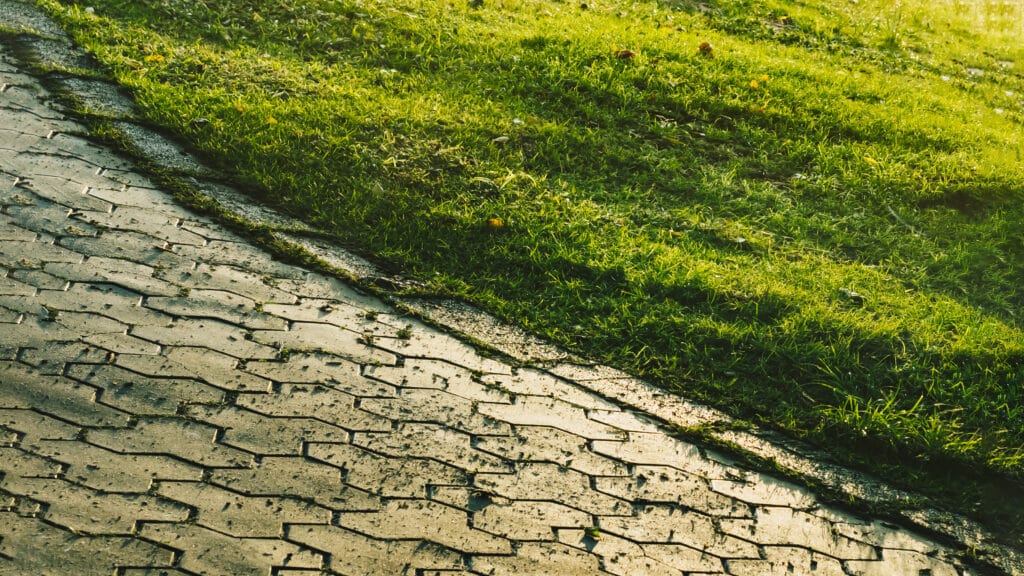
Conclusion
Recap of Benefits
As we consider the importance of drought-resistant landscaping, it’s clear that the benefits extend far beyond mere aesthetics. This sustainable approach to gardening not only conserves water but also enhances local ecosystems and reduces long-term maintenance costs. Key benefits include:
- Water conservation: Significant reductions in water usage during times of drought.
- Environmental health: Improved soil quality and increased biodiversity support a robust ecosystem.
These advantages make a compelling case for adopting drought-resistant practices, helping both individual homeowners and entire communities thrive in changing climates.
Call to Action
Now is the time to take action! Whether you are a seasoned gardener or just starting, consider integrating drought-resistant landscaping into your outdoor spaces. Begin by:
- Researching native plants: Discover which species thrive in your area.
- Joining local workshops: Engage with your community and learn best practices.
By making conscious choices today, each of us can contribute to a more sustainable future, ensuring that our landscapes and ecosystems flourish even in the face of drought. Let’s transform our spaces into resilient sanctuaries for people and pollinators alike!
